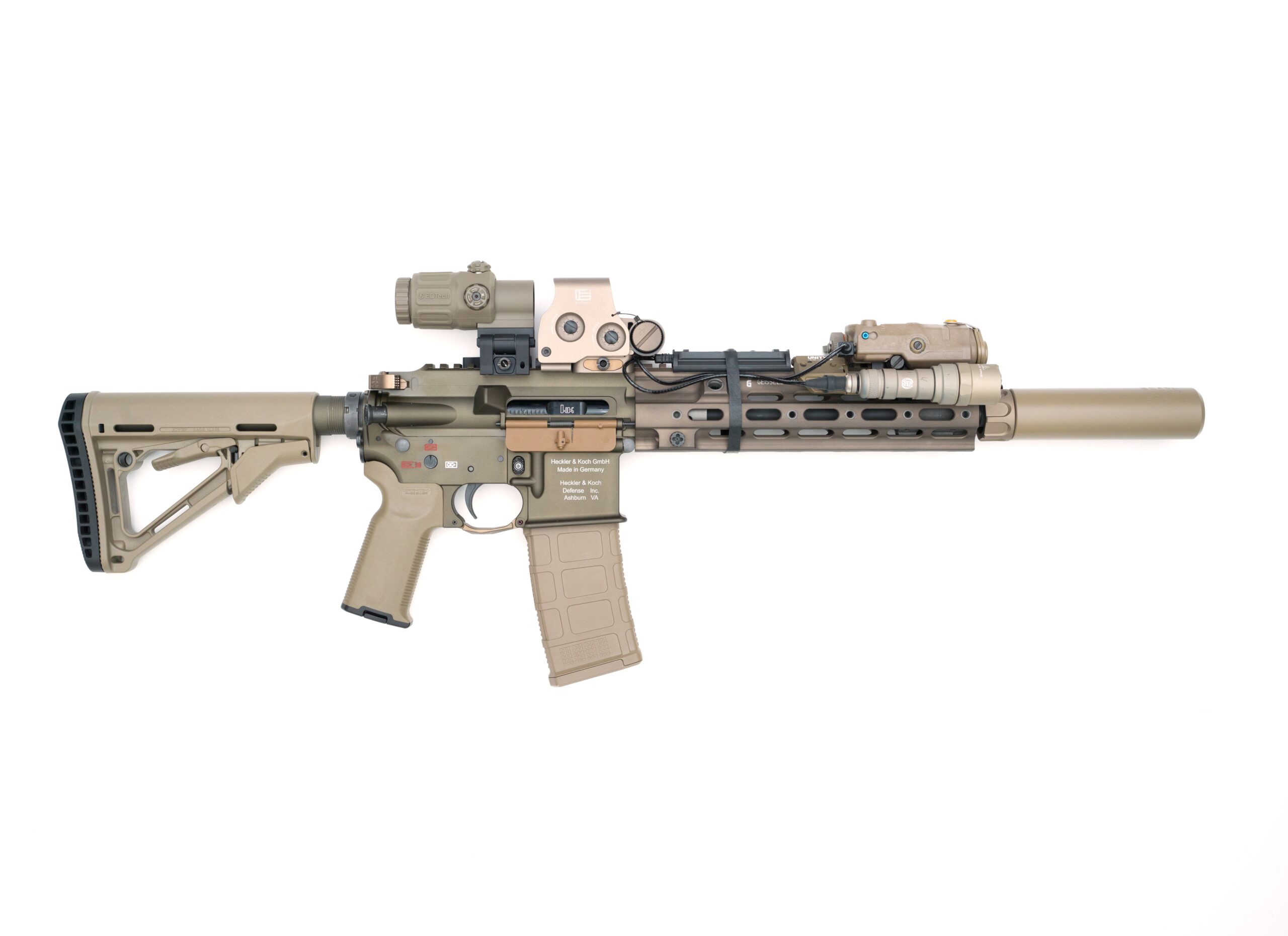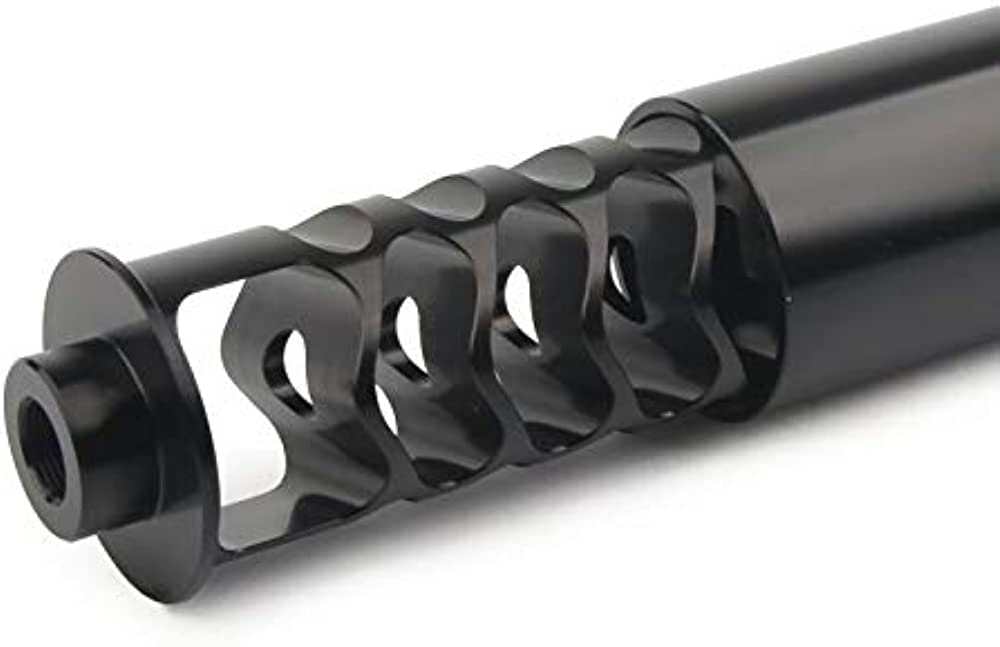Firearm maintenance is an essential aspect of responsible gun ownership. Keeping your firearm clean and well-maintained ensures its longevity and reliability. One tool that has gained popularity in recent years for simplifying this process is the 1/2-20 solvent trap. This article delves into the world of 1/2-20 solvent trap-compatible firearms, explaining what they are, their benefits, and important considerations.
When it comes to firearms compatible with a 1/2-20 solvent trap for suppressor use, there are several options to consider. Here are some common firearms that can be equipped with a 1/2-20 threaded barrel:
Table of Contents
Understanding 1/2-20 Solvent Traps
- Thread Specifications: The term “1/2-20” refers to the threading size and pitch found on the muzzle end of certain firearm barrels. Specifically, it signifies a thread diameter of 1/2 inch and 20 threads per inch. This threading is commonly used for attaching various muzzle devices, including solvent traps.
- Purpose of Solvent Traps: Solvent traps are designed to capture cleaning solvents and debris expelled from the firearm barrel during cleaning. By attaching a solvent trap to the muzzle of a compatible firearm, gun owners can maintain cleanliness during the cleaning process, making it easier and more organized.
1/2-20 Solvent Traps Compatible Firearms

Pistol Caliber Carbines:
Pistol caliber carbines, such as the popular 9mm AR-15 variants or the CZ Scorpion EVO, often come with threaded barrels in the 1/2-20 configuration. These firearms offer the advantages of reduced recoil and noise when used with a suppressor, making them suitable for home defense, competition shooting, or recreational shooting.
Compact Handguns:
Some compact handguns, including models like the Glock 26 or the SIG Sauer P320 Compact, are available with threaded barrels in the 1/2-20 pattern. These firearms are commonly used for concealed carry and personal defense. Attaching a suppressor to a compact handgun can enhance shooting comfort, mitigate muzzle rise, and reduce the noise signature, improving overall shooting experience.
Rimfire Rifles:
Rimfire rifles, chambered in calibers like .22LR, are frequently used for plinking, target shooting, and small game hunting. Many of these rifles feature threaded barrels in the 1/2-20 configuration, allowing for the attachment of a suppressor. Using a suppressor with a rimfire rifle significantly reduces the already minimal noise generated by this caliber, making it an excellent choice for quiet and enjoyable shooting sessions.
Pistol-Caliber Suppressors:
In addition to specific firearms, some pistol-caliber suppressors are designed to be compatible with multiple firearms through the use of adapters. These suppressors can be attached to various handguns or pistol caliber carbines with a 1/2-20 threaded barrel, providing versatility and flexibility in suppressor use across different platforms.
Bolt-Action Rifles:
Bolt-action rifles, particularly in calibers like .308 Winchester or 6.5 Creedmoor, can be found with threaded barrels in the 1/2-20 configuration. These rifles are popular among hunters, precision shooters, and long-range enthusiasts. Adding a suppressor to a bolt-action rifle can help reduce muzzle blast and recoil, improving accuracy and making it more comfortable to shoot, especially during extended-range sessions.
Subcompact Handguns:
Some subcompact handguns, like the Smith & Wesson M&P Shield or the Ruger LC9, are available with threaded barrels in the 1/2-20 pattern. These firearms are designed for concealed carry and personal defense, and attaching a suppressor to a subcompact handgun can offer the advantage of better sound suppression and recoil management without sacrificing compact size and portability.
AR-10 Rifles:
AR-10 rifles, chambered in larger calibers like .308 Winchester or 6.5 Creedmoor, can also be equipped with a 1/2-20 threaded barrel. These rifles are commonly used for long-range shooting, hunting, and tactical applications. Utilizing a suppressor with an AR-10 rifle can provide significant noise reduction, muzzle control, and recoil mitigation, enhancing shooting comfort and making it easier to stay on target.
Remember, the compatibility of a specific firearm with a 1/2-20 solvent trap as a suppressor will depend on the barrel threading and other factors. Always consult the manufacturer’s specifications and recommendations for the particular firearm model you are interested in. Additionally, ensure compliance with all relevant laws and regulations regarding suppressor ownership, transfer, and use in your jurisdiction.
Investing in quality firearms and suppressors, along with proper training and responsible ownership, can enhance your shooting experience while prioritizing safety and adherence to the law.

